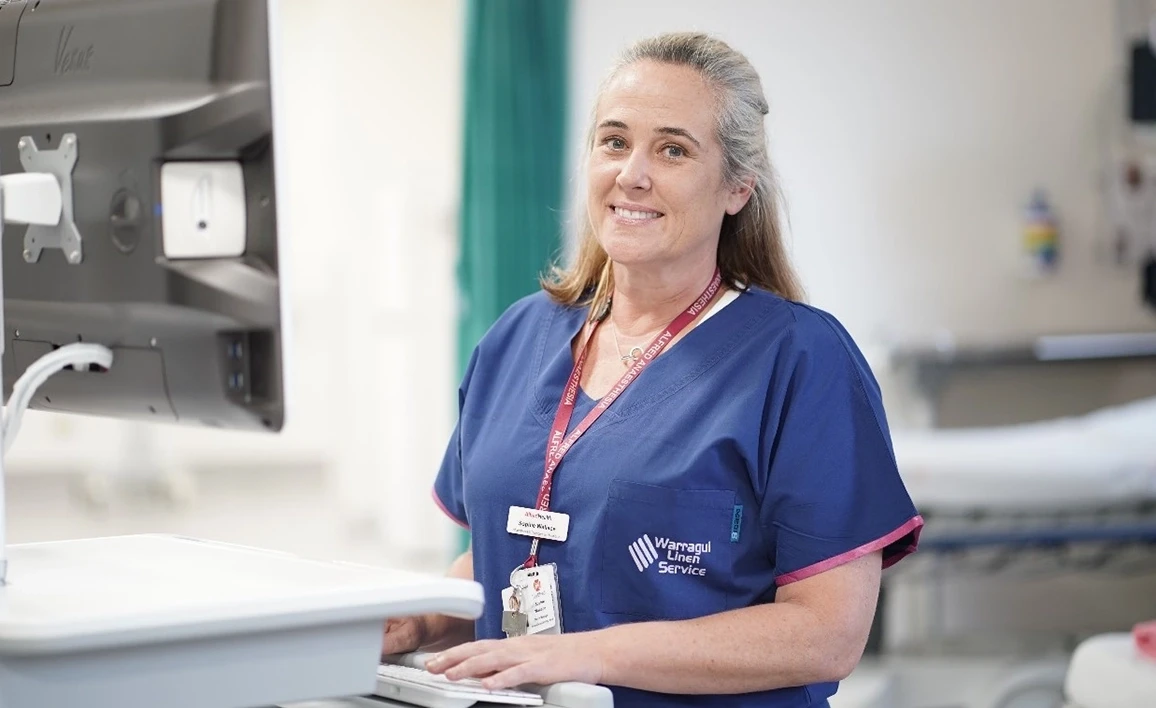ENIGMA identified some serious adverse effects, but most patients were not at risk of coronary artery disease (CAD) and so we could not reliably assess serious cardiac complications.
We identified a non-significant increased risk of confirmed myocardial infarction in the N2O group, 1.3 per cent versus 0.7 per cent; adjusted P=0.19, and 10 post-operative deaths (1.0 per cent) in the N2O group compared with four (0.4 per cent) in the control group P=0.26. Therefore, ENIGMA-II was designed as a large simple multi-centre randomised controlled trial to definitively evaluate the efficacy of removing N2O from the anaesthetic in moderate and high-risk patients undergoing non-cardiac surgery.
2050 patients were enrolled between April 2003 and November 2004 from 19 centres.
Background
Nitrous oxide is widely used in anesthesia, often administered at an inspired concentration around 70%. Although nitrous oxide interferes with vitamin B12, folate metabolism, and deoxyribonucleic acid synthesis and prevents the use of high inspired oxygen concentrations, the consequences of these effects are unclear.
Methods
Patients having major surgery expected to last at least 2 h were randomly assigned to nitrous oxide-free (80% oxygen, 20% nitrogen) or nitrous oxide-based (70% N2O, 30% oxygen) anesthesia. Patients and observers were blind to group identity. The primary endpoint was duration of hospital stay. Secondary endpoints included duration of intensive care stay and postoperative complications; the latter included severe nausea and vomiting, and the following major complications: pneumonia, pneumothorax, pulmonary embolism, wound infection, myocardial infarction, venous thromboembolism, stroke, awareness, and death within 30 days of surgery.
Results
Of 3,187 eligible patients, 2,050 consenting patients were recruited. Patients in the nitrous oxide-free group had significantly lower rates of major complications (odds ratio, 0.71; 95% confidence interval, 0.56-0.89; P = 0.003) and severe nausea and vomiting (odds ratio, 0.40; 95% confidence interval, 0.31-0.51; P < 0.001), but median duration of hospital stay did not differ substantially between groups (7.0 vs. 7.1 days; P = 0.06). Among patients admitted to the intensive care unit postoperatively, those in the nitrous oxide-free group were more likely to be discharged from the unit on any given day than those in the nitrous oxide group (hazard ratio, 1.35; 95% confidence interval, 1.05-1.73; P = 0.02).
Conclusions
Avoidance of nitrous oxide and the concomitant increase in inspired oxygen concentration decreases the incidence of complications after major surgery, but does not significantly affect the duration of hospital stay. The routine use of nitrous oxide in patients undergoing major surgery should be questioned.
The Australian National Health and Medical Research Council, the Australian and New Zealand College of Anaesthetists, and the Health and Health Services Research Fund, Hong Kong, China.
Myles PS, Leslie K, Chan MT, Forbes A, Paech MJ, Peyton P, Silbert BS, Pascoe E; ENIGMA Trial Group. Avoidance of nitrous oxide for patients undergoing major surgery: a randomized controlled trial. Anesthesiology. 2007 Aug;107(2):221-31.
ClinicalTrials.gov NCT00164047.
Professor Paul Myles presented the results at the Australian and New Zealand College of Anaesthe- tists Annual Scientific Meeting, Auckland, New Zealand, May 7, 2005, and the Annual Meeting of the American Society of Anesthesiologists, Atlanta, Georgia, October 24, 2005.
Australia, New Zealand, United Kindom, Hong Kong, Singapore and Saudi Arabia.
Patel KK, Sun X, Cheng J, Schaller K, Tessitore E, Gondar R, Gaudet J, Myles PS, Leslie K, Nouri A. Safety of Nitrous Oxide Anesthesia in a Selected Group of Patients Undergoing Neurosurgery: An Exploratory Subgroup Analysis of the ENIGMA Trials. J Neurosurg Anesthesiol. 2022 Jul 1;34(3):306-312. doi: 10.1097/ANA.0000000000000771. Epub 2021 Apr 23. PMID: 33901062.
Leslie K, Myles PS, Chan MTV, Paech M, Peyton M, Forbes A, Sinclair D, and the ENIGMA Trial group. Risk factors for severe postoperative nausea and vomiting in a randomized trial of nitrous oxide-based versus nitrous oxide-free anaesthesia. Br J Anaesth 2008; 101:498-505.
Leslie K, Myles PS, Chan MTV, Forbes A, Paech M, Peyton P, Silbert BS, Williamson E. Nitrous oxide and long-term morbidity and mortality in the ENIGMA Trial. Anesth Analg 2011; 112:387-393.
Graham AM, Myles PS, Leslie K, Chan MTV, Paech MJ, Peyton P, El-Dawlatly AA. A cost-benefit analysis of the ENIGMA trial. Anesthesiology 2011; 115:265-272.

